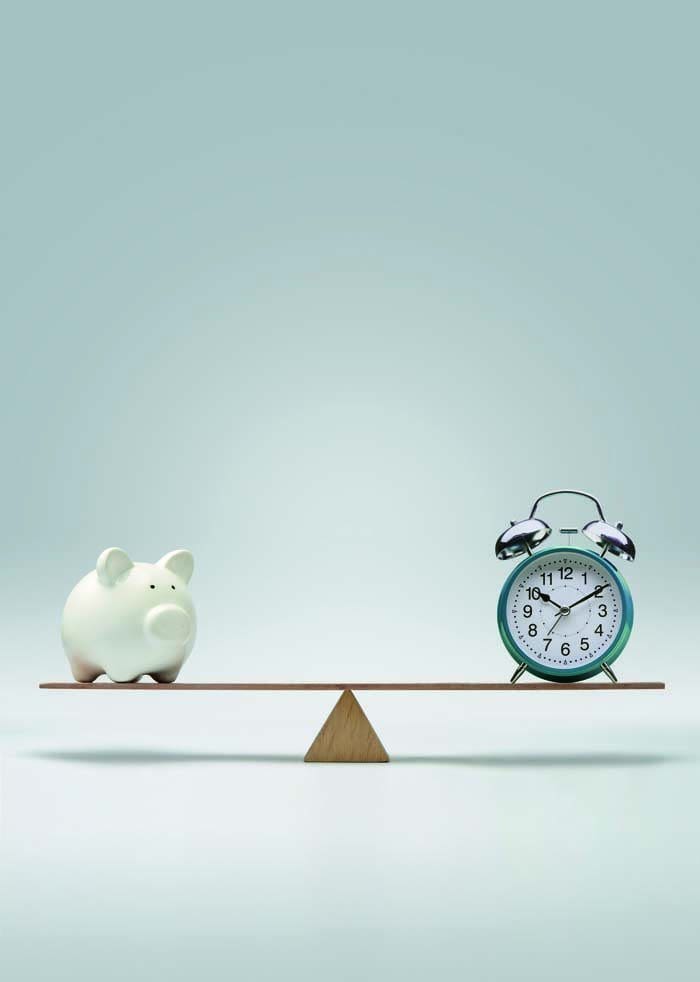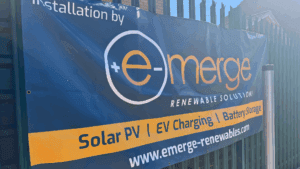Kym Wright, Business Development Manager at White Clarke Creative, shares useful tips on getting the best from your creative agency.
Agree the right billing model for you
Many sources will tell you that hourly billing is the most expensive way to go, and in some cases they’d be right – especially if hours are allowed to escalate or are not effectively managed. Yet there’s no avoiding the fact that an agency’s costs are mostly based on paying their talent – which means that one way or another, you’ll be paying for their time. So, when you get that fixed price quotation guess what it’s based on? Yep – it’s basically an estimate of how much time they are likely to be investing in your project. Also, be aware that some agencies will treat an estimate as flexible, reducing the final bill if time taken is less than predicted (and increasing it if it goes over); others may specify a fixed price as part of their contract with you.
Your agency should always keep you informed of how your project costs are tracking, and – within reason – might adopt a flexible approach to invoicing. For example, they might offer a pay-as-you-go plan to spread costs and avoid being hit with a large invoice at completion.
A monthly retainer can help you to manage cashflow and keep your outgoings on an even keel. An ongoing relationship with your agency means that they get to know you and your business better, becoming more of an extension of your team – you’re likely to see more discretionary effort, stronger ideas and more for your money as a result.
Make sure that you’re not inadvertently increasing costs
Here are three essential disciplines to make sure your agency is not being forced to clock up extra time on your behalf.
1. Be clear about what you want to achieve. It’s all too easy for so-called ‘briefing’ meetings to turn into a back-and-forth between client stakeholders about objectives, priorities and resources, while the agency team sits looking awkwardly at their fingernails. A good agency will certainly help you to find the right direction, and to refine and enhance your brief, but you should at least know the fundamentals of what you want to achieve before you begin. Client-driven changes of direction at any point in the process will inevitably drive costs upward.
2. Don’t sweat the small stuff too early. You know it’s true – we all love to get involved in conversations about font, colours and images. But avoid the temptation to try and get the fine detail nailed down before main concepts are signed off. Be ready to accept examples and placeholders for what they are. Interrupting the process with a debate on whether Comic Sans is a good choice or not (only kidding, we all know it isn’t) in the early stages can lead to delays, more iterations and increased costs.
3. Consolidate input from all sources before you give feedback. We’ve all seen those files called ‘FINAL FINAL FINAL v7’. Designers are all too familiar with actioning one set of amends, then another, and another, Oh and can you just deal with some tweaks from our boss? Changes take time, and can lead to delays and increased costs. This is why it also pays to identify early on who has final sign-off: your marketing team may all be happy, but if someone from the C-suite wants to see it before it goes out, then that person should be involved in the main feedback process, not just as the final step.
Go for value over price, every time
Look at the quality of the work your prospective agency has already done, and how satisfied their previous or current clients have been. Don’t assume that if an agency has worked with














